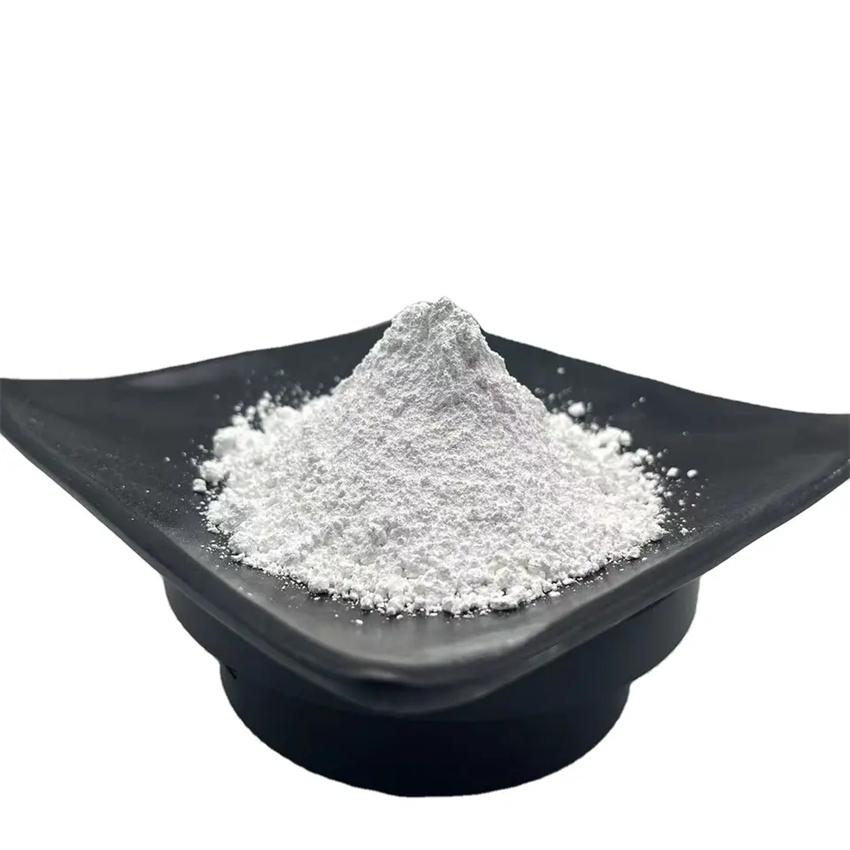After the application of carbon dioxide fertilizer in vegetables, the effect of increasing production is very obvious. The yield increase of pepper, tomato, cucumber and other vegetables is generally 25%--43%. Application method Organic matter fermentation method. Human, animal excreta, crop stalks, weed stems and leaves, etc., produce carbon dioxide during fermentation, which is simple, low-cost, but not easy to adjust. Pure gas source method. The by-product carbon dioxide gas produced during the production of alcohol and other chemical products is compressed and filled with steel cylinders. The gas source is relatively pure and easy to use, but the cost is high. Burning method. Carbon dioxide is generated by the combustion of liquefied petroleum gas, propane gas, natural gas, white kerosene, etc. by a carbon dioxide generator. Currently, facilities cultivation in Europe and the United States often use this method. Chemical reaction method. A chemical reaction between acid and carbon produces carbon dioxide. The dilute ammonium hydrogen sulfate reaction is used in a simple gas-to-oil generator. The use of 2.5 kg of ammonium bicarbonate per acre of standard greenhouses (approximately 1,300 cubic meters in volume) can result in a carbon dioxide concentration of approximately 900 mg/l. Application of particulate organic biogas fertilizer method. The organic biogas fertilizer is applied evenly to the rows of plants at a certain distance. The depth of application is 3 cm. The soil in the acupuncture points has a certain amount of moisture, and the relative humidity is about 80%. The carbon dioxide is produced by the fermentation of soil microorganisms. The carbon dioxide concentration of different vegetables should be different. Tomatoes, cucumbers, gourds and squashes should be 750--1000 mg/l, while eggplants, peppers, and strawberries should be 550--750 mg/l. The time for the application of carbon dioxide should be carried out shortly after sunrise. The temperature in the facility at noon should be increased, and ventilation and ventilation are required. The application should be stopped 0.5 to 1 hour before ventilation. Note that the problem strictly controls the carbon dioxide application concentration. Reasonably arrange the application time. Carbon dioxide is applied to vegetables at different stages of growth, and the effect is not exactly the same. For example, the effect of carbon dioxide increased during flowering and podging of lychees is more obvious than at the vegetative growth stage. Fruit and vegetable vegetables such as tomato and cucumber grow from planting to flowering, plant growth is slow, and carbon dioxide demand is low. Generally, carbon dioxide is not used to prevent plant growth. . The application of carbon dioxide during flowering and fruit setting period has a significant effect on reducing fruit drop, increasing fruit setting rate and promoting fruit growth. Strengthen the supporting cultivation management. After applying carbon dioxide to vegetables, the absorption capacity of the root system will be improved and the physiological function will be improved. The amount of fertilizer should be increased appropriately to prevent premature aging of the plants, but excessive fertilizer and water should be avoided, otherwise the plants can easily become leggy. Pay attention to the application of phosphorus and potassium fertilizers, and appropriately control the amount of nitrogen fertilizer. Attention should also be paid to the use of hormones to flower and fruit, promote fruit setting, strengthen pruning, improve ventilation and light transmission, reduce disease occurrence, and balance plant vegetative growth and reproductive growth. Prevent harmful gases. Special attention should be paid to the toxic effects of harmful gases mixed with carbon dioxide on vegetable crops.
Inkjet Receptive Coating, Anticorrosion Pigments, Matting Agent
